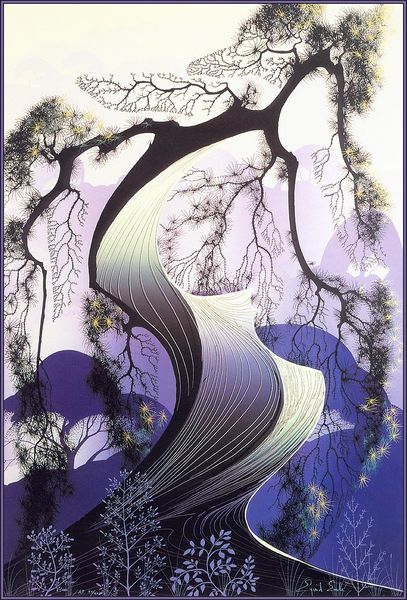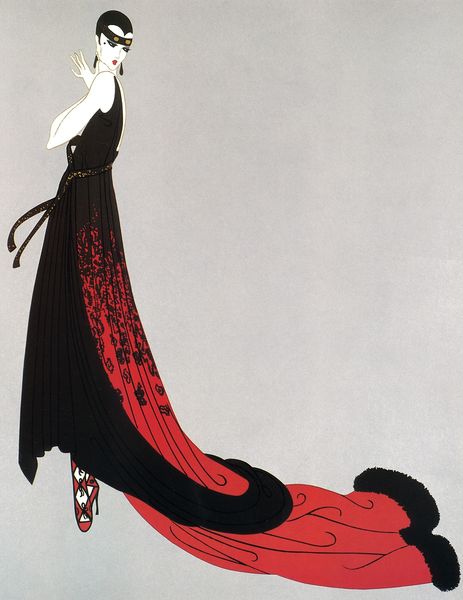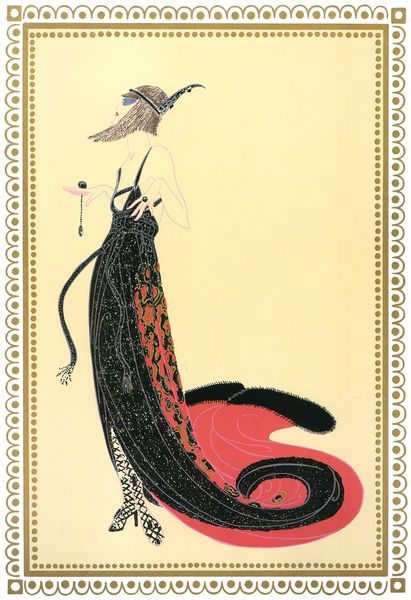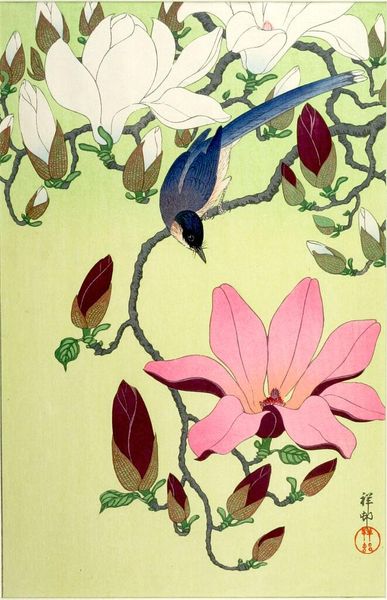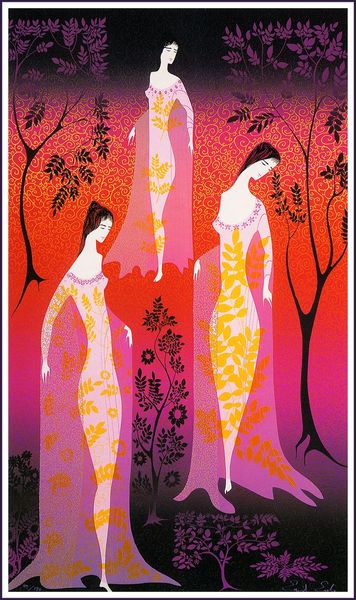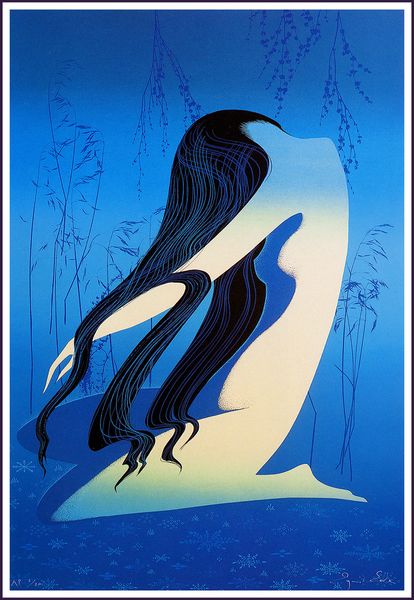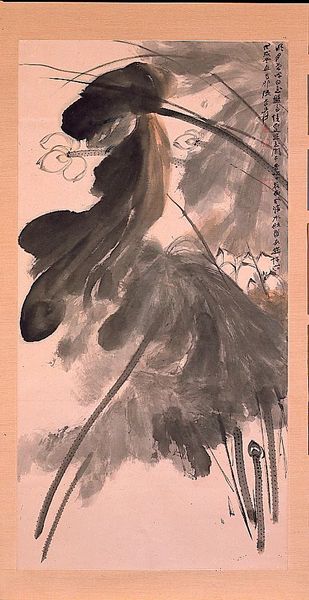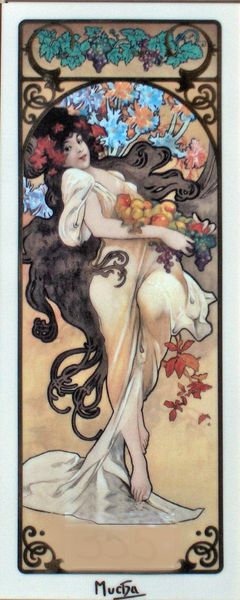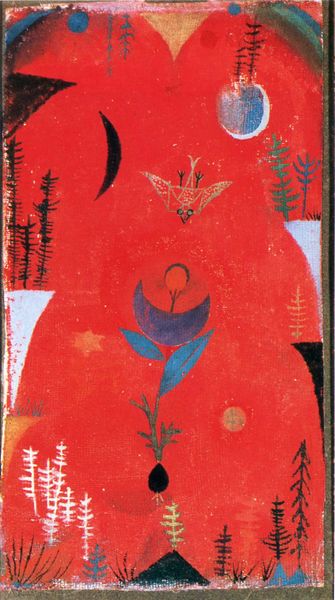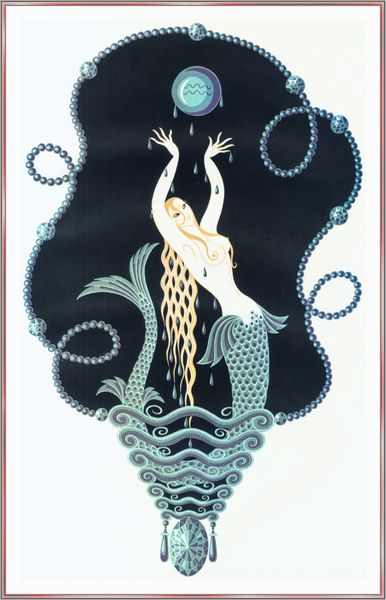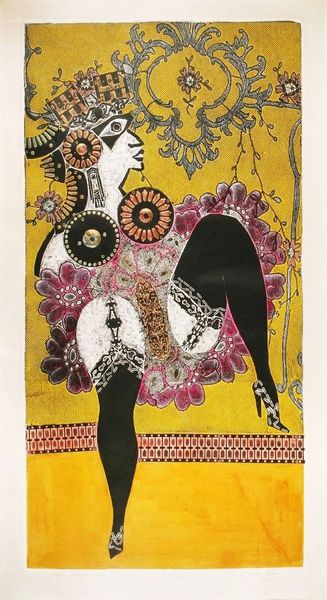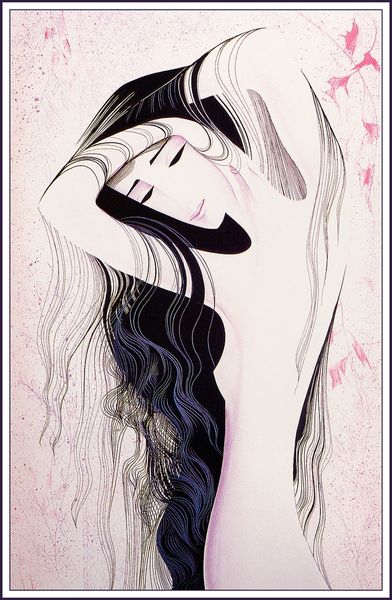
graphic-art, painting, paper, ink
#
tree
#
graphic-art
#
painting
#
landscape
#
paper
#
form
#
ink
#
geometric
#
plant
#
orientalism
#
line
Copyright: Eyvind Earle,Fair Use
Curator: Let’s take a closer look at “Twisted Tree,” a work by Eyvind Earle rendered with ink and paint on paper. Editor: My first impression is that it feels remarkably serene, almost meditative. The vertical composition and soft color palette give it a calming effect. Curator: Earle was known for his landscapes, particularly his stylistic fusion of Western and Orientalist traditions. We see it reflected here in the elegant, flowing lines, reminiscent of Japanese ink painting. His exploration of form simplifies the natural world. What seems like a peaceful landscape, however, often invokes a feeling of longing and separation between mankind and nature. Editor: Absolutely. The form is captivating. Notice how the trunk, almost abstracted into swirling monochrome ribbons, commands your attention while its stylized foliage with the jewel-toned leaves flirts with geometric abstraction. Curator: Right. The 'twisted' nature of the tree can also be read metaphorically. Trees are deeply symbolic—rootedness, growth, interconnection—but a twisted one hints at disruption or perhaps even resilience in the face of adversity. This may signify broader struggles around identity in Earle's context, grappling with artistic and cultural positionings. Editor: And that stark contrast, between the dark, almost turbulent trunk, and the vibrant, blossoming foliage—it’s not just visual, but almost philosophical, echoing life’s dualities. There’s an almost structuralist tension there, setting up a compelling dialogue of darkness and light, solidity and ethereal beauty. Curator: A lot of interpretations are possible, depending on your point of reference, considering not only his technical finesse, but the art's cultural significance. We invite viewers to see past the tranquil exterior. Editor: Ultimately, Earle's piece challenges our perception of natural form, demanding a closer inspection into its construction. It transcends pure representation.
Comments
No comments
Be the first to comment and join the conversation on the ultimate creative platform.
